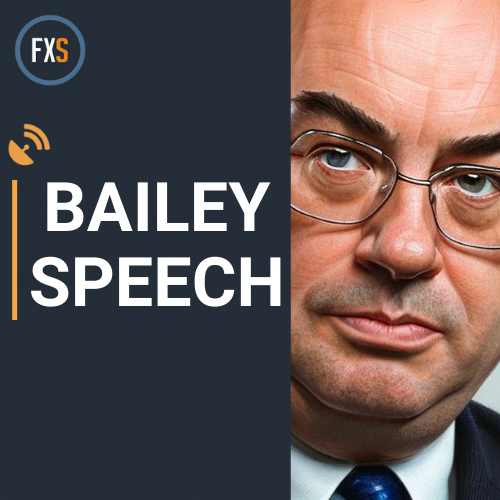The Bank of England (BoE) Governor Andrew Bailey recently announced the decision to lower the policy rate by 25 basis points to 4.75% in November. He explained that a gradual approach to cutting rates will help assess the impact of national insurance rise and other risks. The UK labor market is showing mixed signals, with firms’ pay growth expectations stabilizing at 4%. Bailey mentioned the Budget’s impact on inflation and how it allowed for the rate cut, while emphasizing the need to see more on how the budget affects inflation in the future.
The BoE’s monetary policy statement highlighted key takeaways such as inflation forecasts showing a rise to 2.7% in one year’s time and 2.2% in two years’ time. Market rates indicate more BoE loosening compared to August forecasts. GDP growth is projected to be at 1% in 2024, with unemployment rates expected to decline gradually. The rise in employer national insurance contributions might impact prices and wages, necessitating a cautious approach to policy changes.
Following the BoE’s policy announcements, GBP/USD showed a slight increase as the market digested the rate cut decision. The British Pound performed strongly against the Swiss Franc, reflecting positive market sentiment. The decision to cut rates was in response to the UK’s disinflationary pressure and is expected to guide policy in the coming months. Policymakers are cautious about multiple rate cuts and emphasize the need to maintain restrictive policy to support inflation targets.
Investors anticipate how the BoE’s interest rate decision will impact GBP/USD, with expectations leaning towards a rate cut to support economic growth. A rate cut could put pressure on the British Pound, potentially pushing GBP/USD below key support levels. The BoE’s decisions are closely tied to monetary policy and economic indicators, which influence the value of the Pound Sterling in global markets. Factors such as data releases, trade balance, and economic health play a significant role in determining the trajectory of the GBP.
Overall, the Bank of England’s recent rate cut decision reflects a cautious and measured approach to supporting economic growth and managing inflation. The market’s reaction to the policy announcements indicates a positive sentiment towards the decision. Moving forward, policymakers will continue to monitor economic indicators and market trends to guide future policy decisions and support the stability of the British Pound in global markets.











